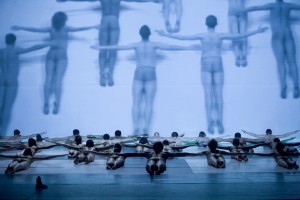Tucked away in the 14th arrondissement, Le Regalade's indisputably good menu at 32 euros is a hit with the locals. On the night of my visit, the place was packed by 8 pm on a mid-week - a most encouraging sign.
 |
| Pate de campagne |
Before we had the chance to place our order, the homemade pate de campagne, bread and pickles arrived at our table and it was just the kind of appetizer that you have come to expect in a traditional bistro - the little extra that makes your dinner experience more fun and memorable.
Although the menu is not extensive, the choices cover a good range of meat, fish and poultry, plus an impressive wine selection. If you fancy some foie gras or pigeon, there is a supplement of 15 euro and there are quite a few of these add-ons.
As a starter, the foie gra royale with asparagus veloute was very well executed. The royale was smooth and adds an interesting taste and texture to the otherwise run-of-the-mill veloute.
 |
| Foie gras royale with asparagus veloute |
 |
| Saint Jacques with vinigrette, parmesan shavings and croutons |
The Saint Jacques that I ordered was excellent. Served in their shells, they were only partially cooked. The addition of parmesan cheese and croutons gave this common ingredient a modern twist. Between the two main courses, the poached fish was much less successful than the grilled duck breast which was done to perfection.
 |
| Poached fish with vegetables |
 |
| Magret de canard with potatoes and green salad |
 |
| Souffle with grand marnier |
I finished off with the grand marnier souffle which looked amazing but was a little less light and airy than I had expected. For its high quality ingredients and excellent value for money, Le Regalade is the perfect place for a convivial meal with friends.






